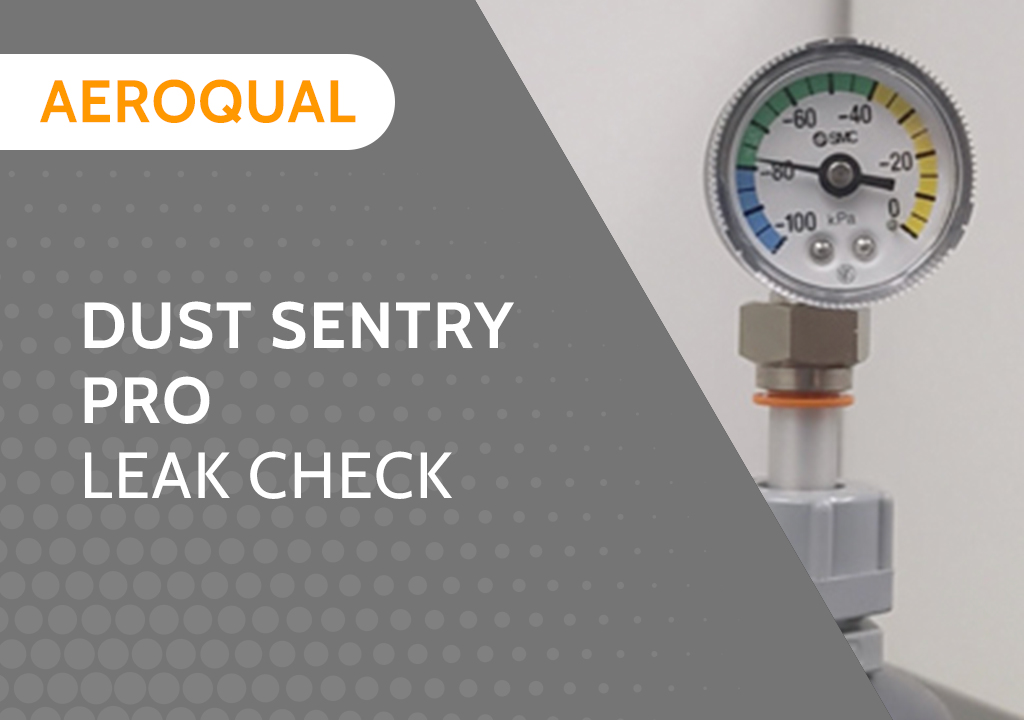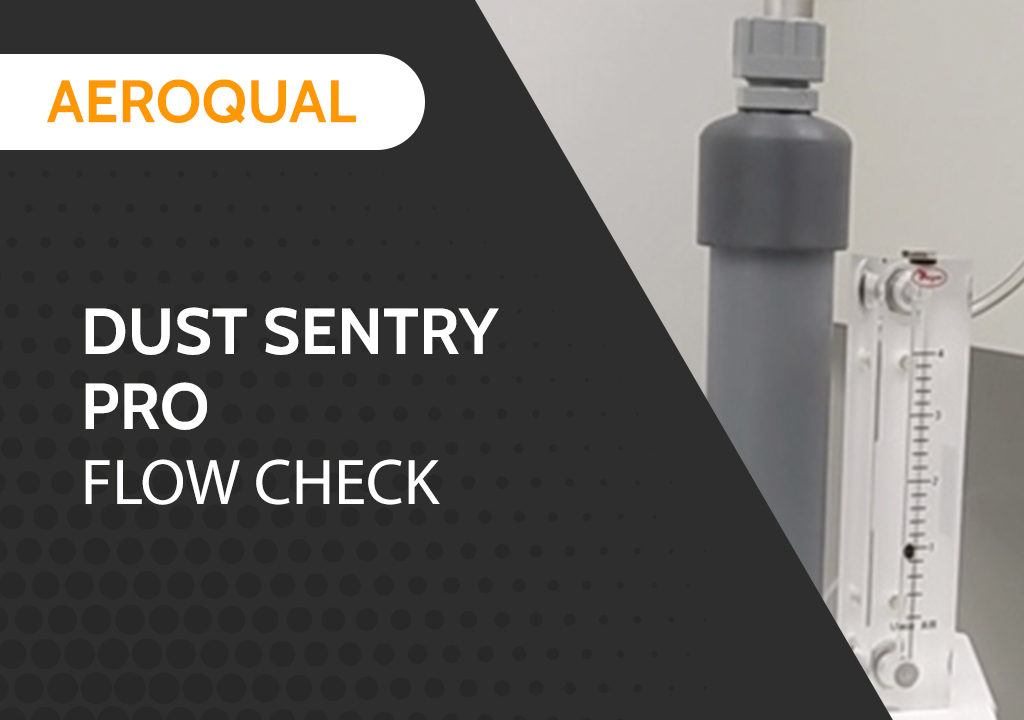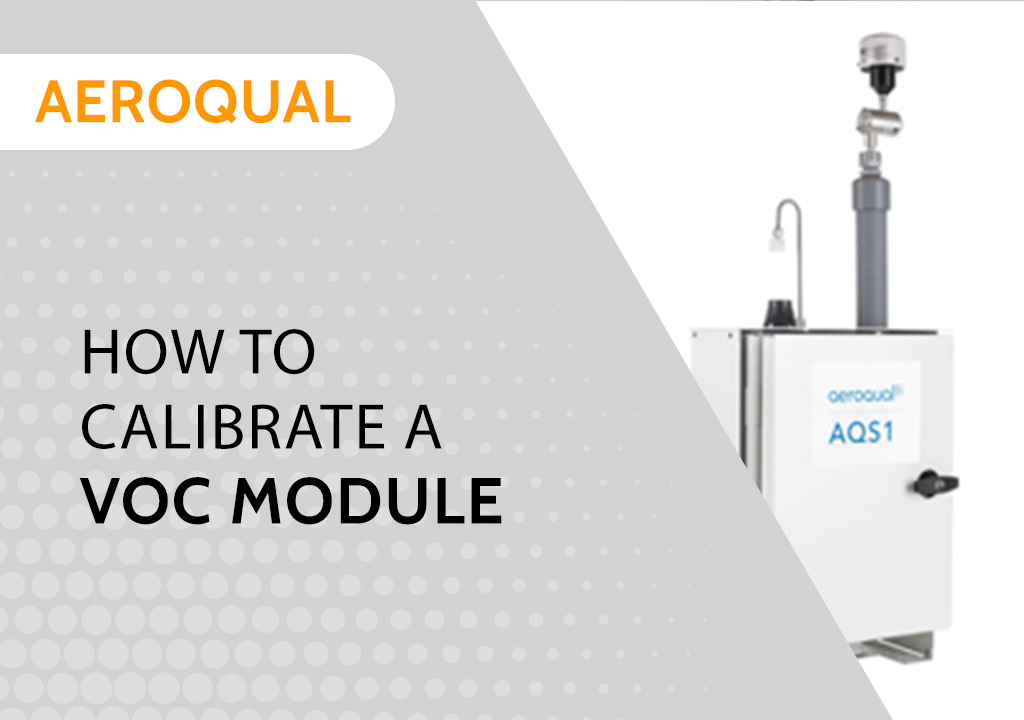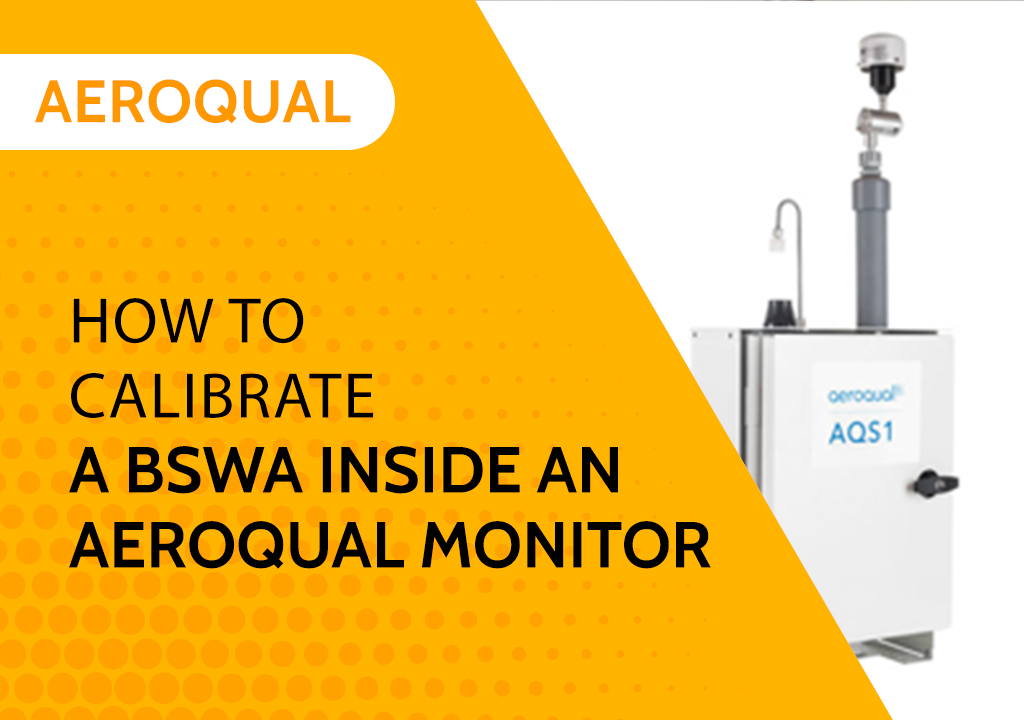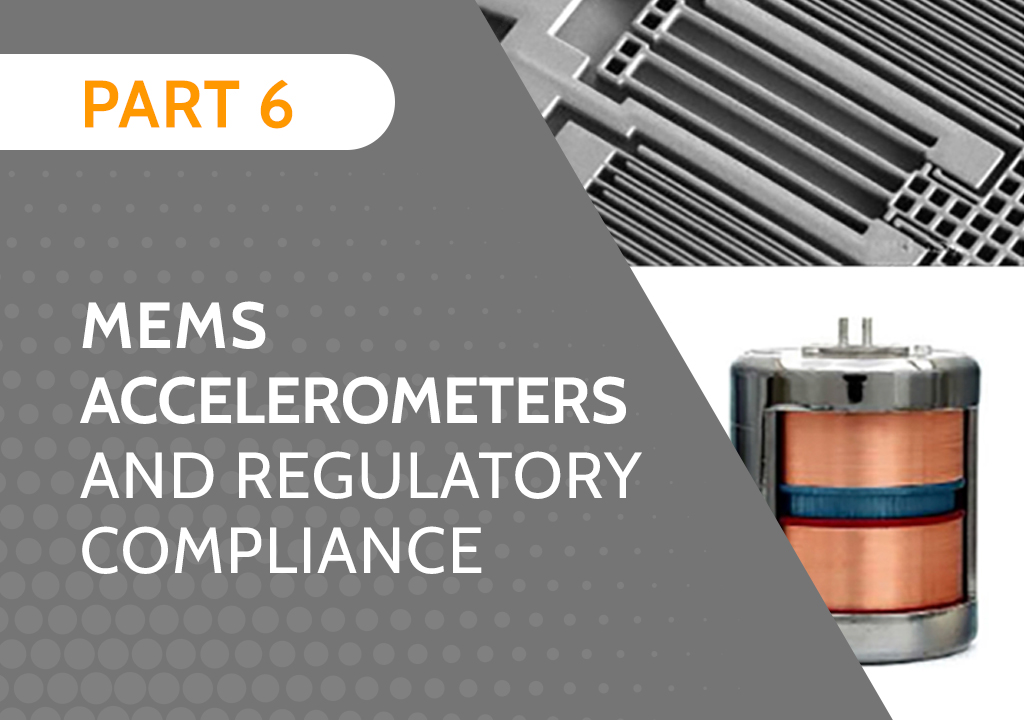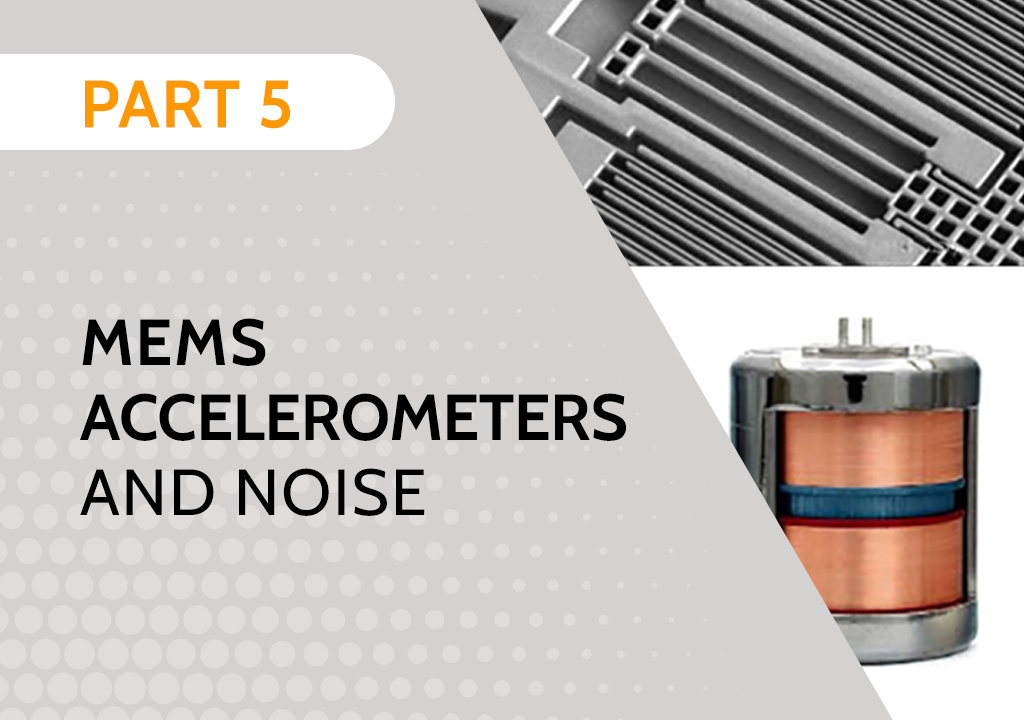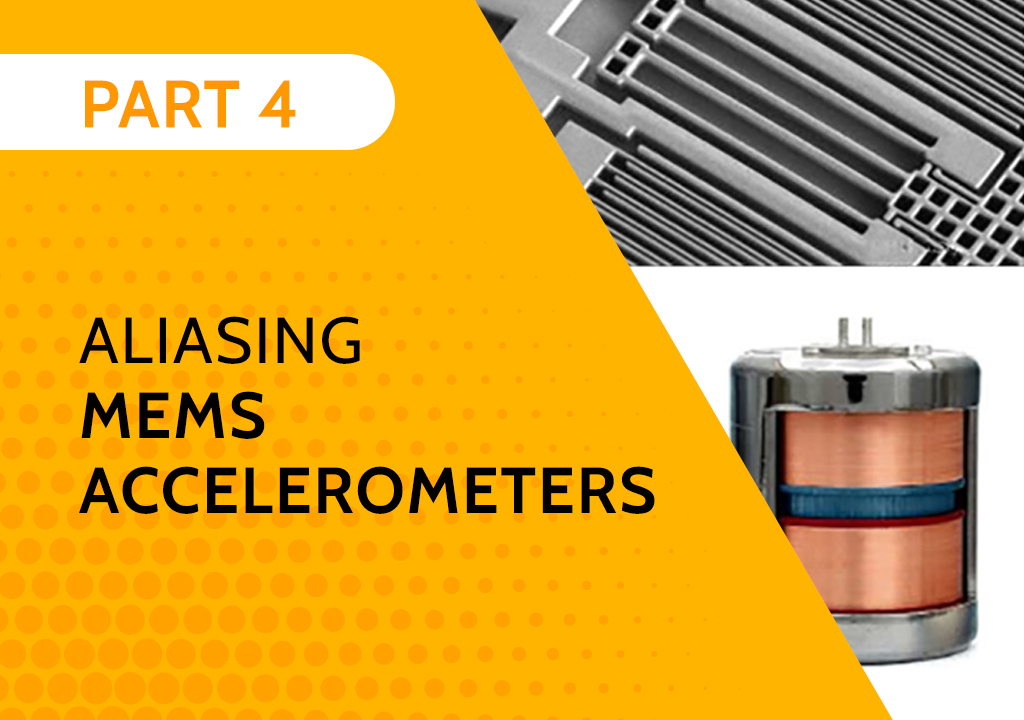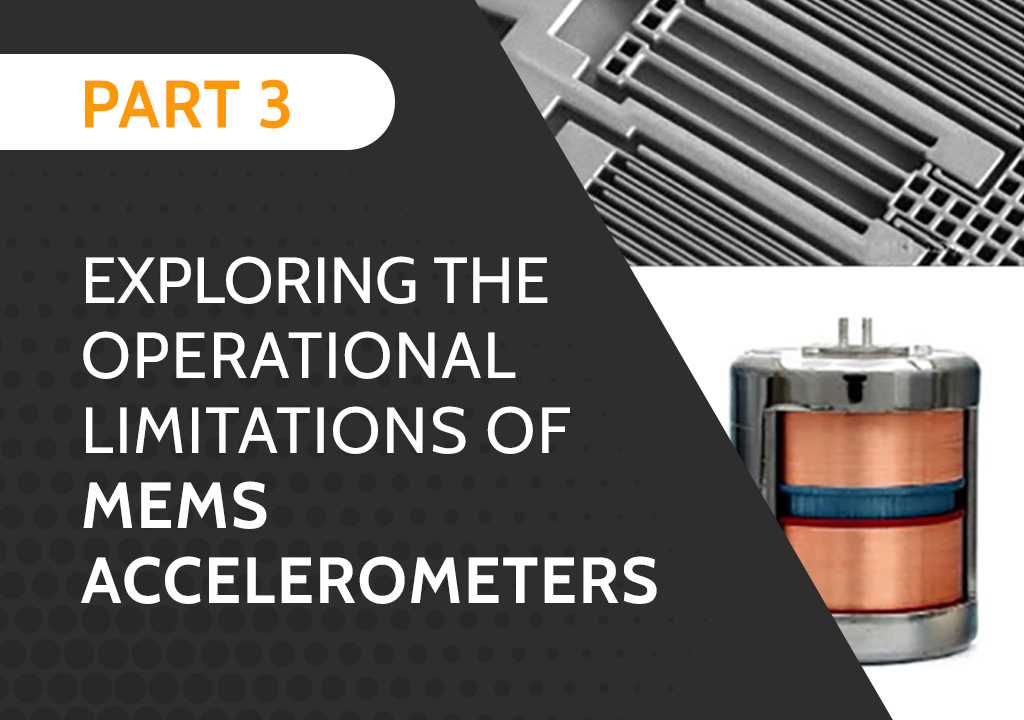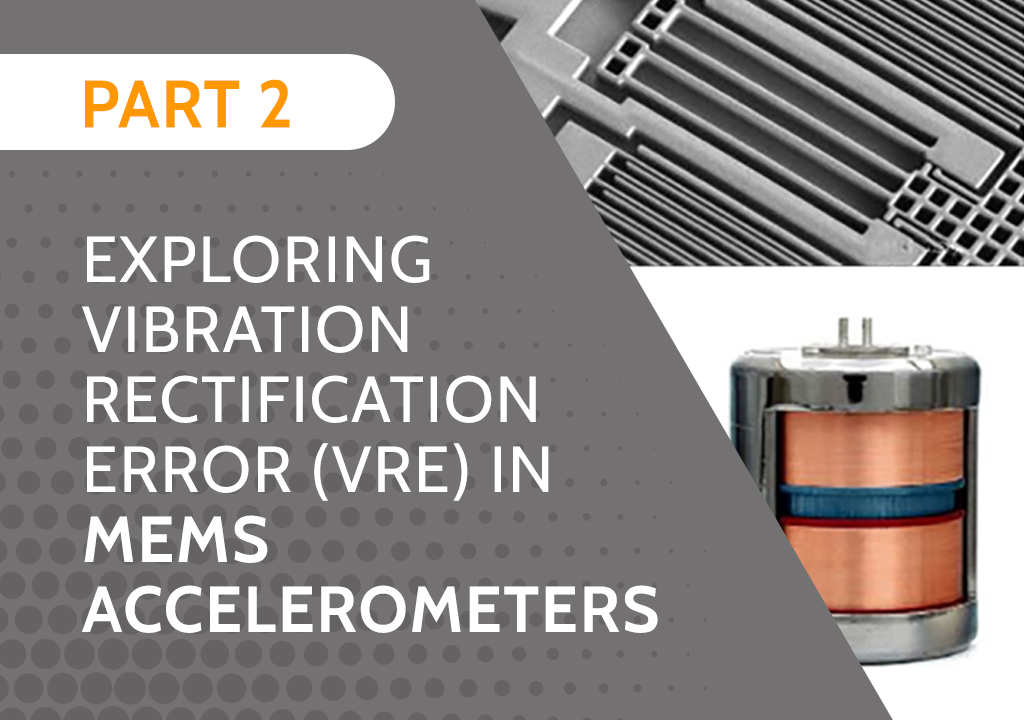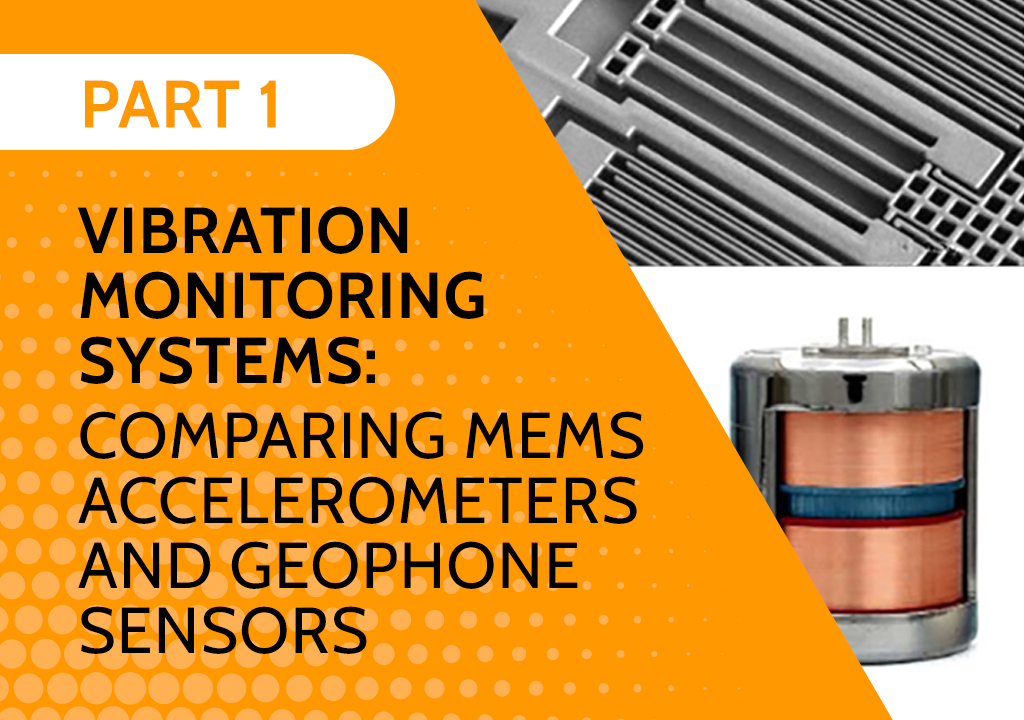Dust Sentry Pro – Leak Check
Hey guys, Mick from Specto Technology here. Today I’m going to show you how to do a leak check on your Dust Sentry Pro. Remove the TSP head off of the monitor. Connect the vacuum gauge on the top (push connect). Grab the purge tubing and pinch it. When you pinch it, you’ll see that you get a vacuum in the system. We’re creating a vacuum so that we can see if there’s a leak. Turn the monitor off and now look at the vacuum gauge. If the vacuum gauge…
Dust Sentry Pro – Leak Check Read More »

